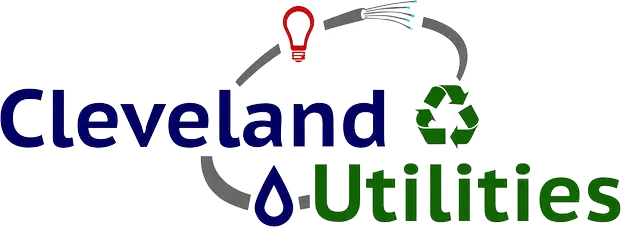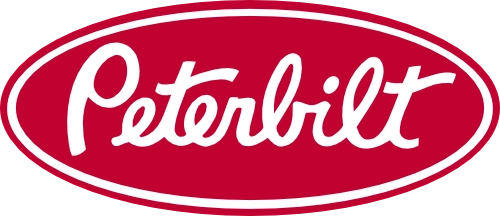How Leading Companies Eliminated Paper Waste & Maximized ROI
See how organizations like yours partnered with Mosaic to transform manual, paper-based workflows into efficient digital processes. Our customized automation solutions deliver measurable improvements in efficiency, accuracy, and cost savings – all while seamlessly integrating with your existing ERP system.
Success Stories That Speak For Themselves
Explore how organizations across various industries have transformed their workflows, eliminated paper, and achieved measurable ROI with Mosaic’s automation solutions.
Filter by your industry to see relevant case studies.
- All
- Development & Construction
- Healthcare
- Logistics & Manufacturing
- Retail
- Utility Companies






